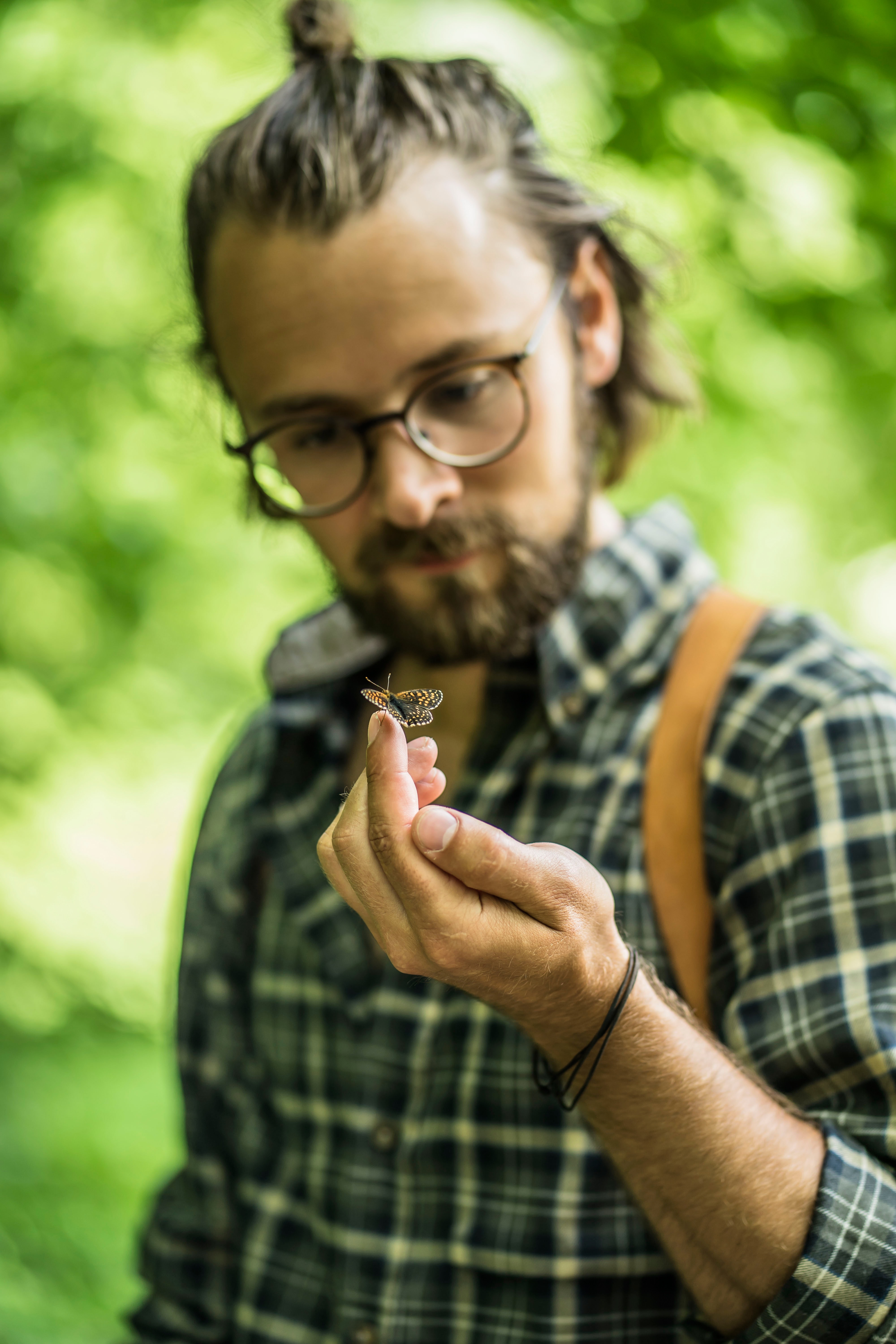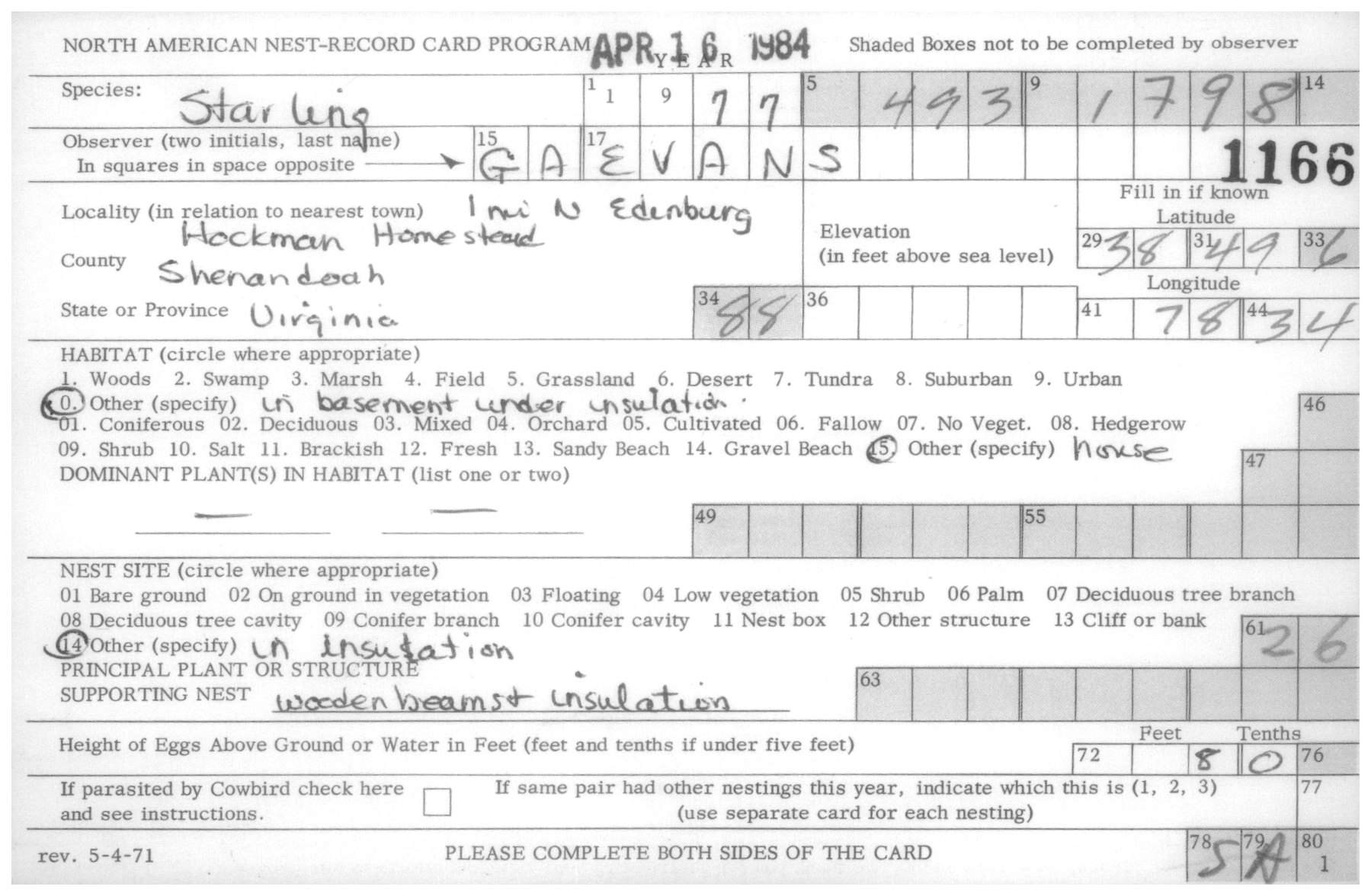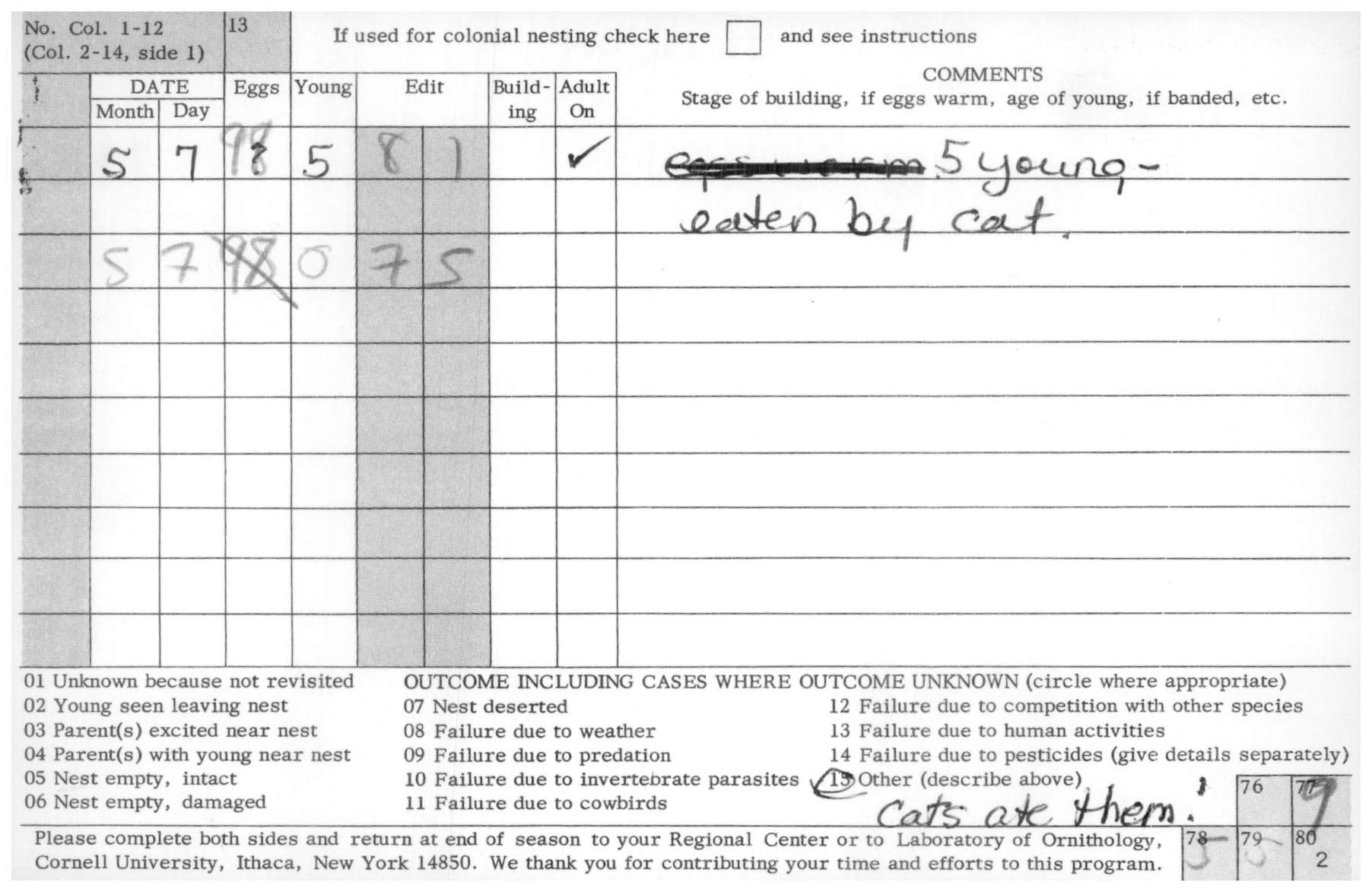 Repeated engagement is not only integral to many citizen science projects, but it can often also reinforce facts and concepts. Even the most simple but frequent scientific observations, for example, can reinforce learning the process, knowledge, and concepts associated with those observations. In turn, this results in increased participant retention and higher quality, long-term data. Examples: Annually, for over 40 years, the Royal Society for the Protection of Bird’s (RSPB)’s Big Garden Birdwatch has asked the public to spend one hour watching and recording the birds in their garden or local green space to increase understanding of the challenges faced by wildlife. Between 1979 and 2019, sightings of songthrush and house sparrows declined by 76% and 53% respectively, although numbers of house sparrows have increased by 10% indicating some signs of recovery. Likewise, Butterfly Conservation’s Big Butterfly Count is an annual UK-wide citizen science survey. Launched in 2010, 111,628 participants submitted 145,249 counts in 2020, an increase of 25% compared to 2019.
Repeated engagement is not only integral to many citizen science projects, but it can often also reinforce facts and concepts. Even the most simple but frequent scientific observations, for example, can reinforce learning the process, knowledge, and concepts associated with those observations. In turn, this results in increased participant retention and higher quality, long-term data. Examples: Annually, for over 40 years, the Royal Society for the Protection of Bird’s (RSPB)’s Big Garden Birdwatch has asked the public to spend one hour watching and recording the birds in their garden or local green space to increase understanding of the challenges faced by wildlife. Between 1979 and 2019, sightings of songthrush and house sparrows declined by 76% and 53% respectively, although numbers of house sparrows have increased by 10% indicating some signs of recovery. Likewise, Butterfly Conservation’s Big Butterfly Count is an annual UK-wide citizen science survey. Launched in 2010, 111,628 participants submitted 145,249 counts in 2020, an increase of 25% compared to 2019.
Finally, participants in some projects can progress through levels of engagement that change participants’ engagement over time, or provide participants with the choice of which part of an activity to engage with. Example: Citizen scientists observed thousands of nesting birds and submitted detailed accounts of bird nesting behaviour in the North American Nest Record Card Program (1960s-early 2000s), These nest records, totalling over 300,000, are held in a collection at the Cornell Lab of Ornithology. Citizen scientists that participate in NestWatch and Nest Quest Go transcribe the records to enable scientific questions to be asked and answered about the birds’ nesting behaviour and patterns over time. Participants can transcribe cards in several ways, and engage based on their available time and preferences. Some of the tasks are one question and smartphone friendly, whilst others are multiple fields and require a bit more focus.


Image credit: Nest Quest Go! at the Cornell Lab of Ornithology.
Example: Gravity Spy utilizes multiple workflows to help train citizen scientists in “glitch” classification (noise in signals of astronomical events). When a user classifies a certain number of glitches correctly, they are able to move to more difficult workflows, which have more glitch classes, more interface options, and present glitches that computers were less certain about. In this way, participants develop their expertise.
Connect Science Process to Science Content: Constructing and testing scientific arguments and evaluating scientific evidence are important scientific practices. Learning to engage in scientific practice is facilitated by simultaneously learning disciplinary concepts and facts, and vice-versa. Citizen science enables participants to apply learning to a specific problem, rather than as an abstract exercise. Projects that explicitly design for both scientific content and process are more likely to advance learning, and the table below shows how the different types of citizen science can open up participation in different phases of the scientific process (Phillips, 2014). Notice how the type of citizen science project you design can impact on the parts of the scientific process available to participants to engage with.
Example: As part of the LEARN CitSci project, the Natural History Museum in London, produced an activity card for BioBlitz events. A BioBlitz event is where the general public (and often professional naturalists/scientists) work together to find as many species as possible within a discrete location and time period, for example over 24 hours. This card connects the different roles that participants can take at the event to the different parts of the scientific process, and rewards participants for engaging with as many as possible.

Image credit: Natural History Museum London. All Rights Reserved.